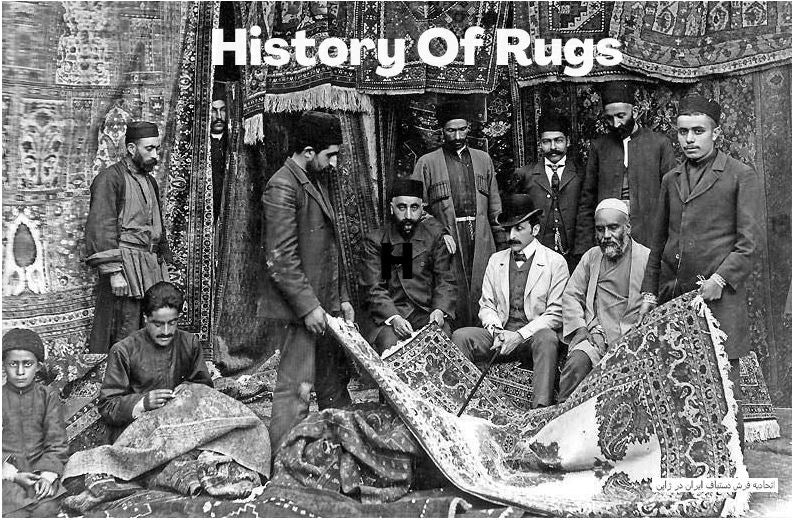
The History of Rugs: From Ancient Times to Modern Design
The History of Rugs: From Ancient Times to Modern Design
Rugs have been an integral part of human civilization for thousands of years, spanning continents and cultures with their enduring presence. From the ancient civilizations of Mesopotamia and Egypt to the bustling bazaars of Persia and the modern design studios of today, rugs have evolved alongside human history, reflecting the artistic sensibilities, technological advancements, and cultural exchanges of each era. Join us as we delve into the fascinating history of rugs and discover how they have shaped the world of design.
Ancient Beginnings: The Origins of Rug-Making
The art of rug-making dates back to ancient times, with evidence of rug fragments found in archaeological sites dating as far back as the 5th century BCE. Early civilizations, such as the Mesopotamians and Egyptians, used rugs for practical purposes, such as insulation, protection, and decoration. These early rugs were often woven from natural fibres like wool and cotton, using simple looms and techniques passed down through generations.
The Golden Age of Persian Rugs: A Legacy of Artistry and Luxury
One of the most iconic chapters in the history of rugs is the golden age of Persian rug-making, which flourished during the Safavid dynasty (16th to 18th centuries). Persian rugs became synonymous with luxury and sophistication, adorned with intricate patterns, lush colours, and exquisite craftsmanship. Artisans perfected the art of knotting and dyeing, creating masterpieces that adorned the palaces of royalty and captivated collectors around the world. Today, Persian rugs remain highly prized for their timeless beauty and cultural significance.
The Global Exchange: Rugs in the Age of Exploration
The age of exploration in the 15th and 16th centuries brought about a global exchange of goods, ideas, and cultures, including the trade of rugs. European merchants traveling to the East brought back exotic rugs from Persia, Turkey, and India, sparking a craze for oriental rugs among the European elite. These rugs became coveted symbols of wealth and status, adorning the grand estates and mansions of aristocrats and nobles.
Modern Innovations: Rugs in the 20th and 21st Centuries
In the 20th century, technological advancements revolutionized the rug-making industry, with the introduction of power looms, synthetic dyes, and innovative weaving techniques. This era saw the rise of modern design movements, such as Art Deco and Bauhaus, which influenced the aesthetics of rug design with their geometric patterns and bold colours. Today, rug designers continue to push the boundaries of creativity, blending traditional craftsmanship with contemporary sensibilities to create rugs that are both timeless and trendsetting.
Rugs R Us: Blending Tradition with Innovation
At Rugs R Us, we honour the rich legacy of rug-making while embracing modern innovations to create rugs that are both beautiful and functional. Our efficient printing processes and commitment to quality materials ensure that each rug is crafted with care and precision, capturing the essence of timeless design and enduring craftsmanship. Whether you're drawn to the intricate patterns of Persian rugs or the sleek minimalism of modern designs, Rugs R Us offers a diverse selection of rugs to suit every style and space.
Conclusion
The history of rugs is a testament to human creativity, ingenuity, and cultural exchange. From ancient origins to modern design, rugs have played a central role in shaping the way we live, work, and decorate our homes. At Rugs R Us, we celebrate this rich heritage while embracing the possibilities of the future, offering a curated collection of rugs that blend tradition with innovation. Explore our range of rugs today and discover the perfect piece to add warmth, beauty, and character to your home.



